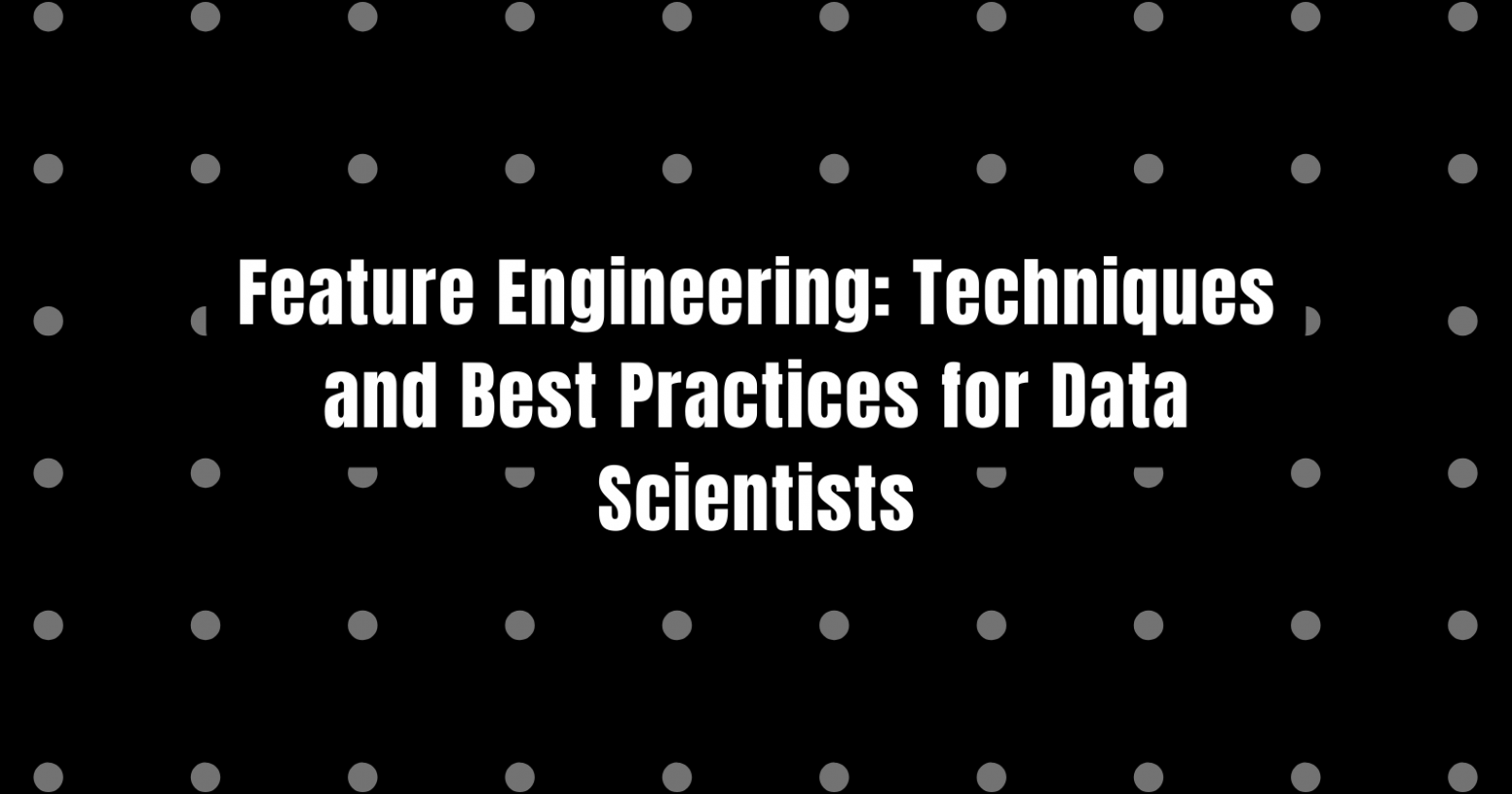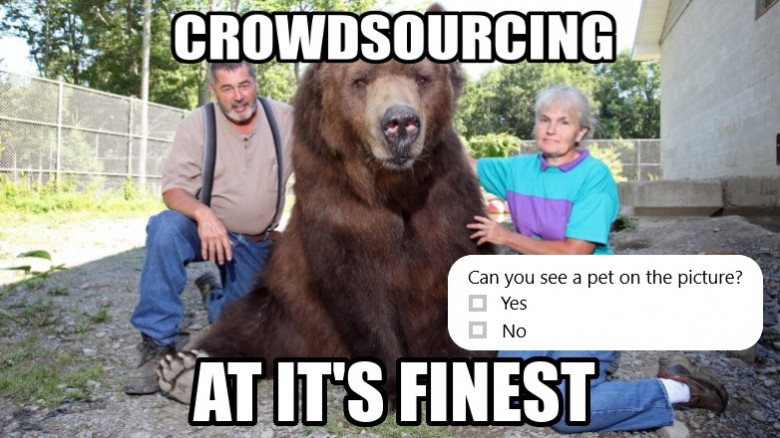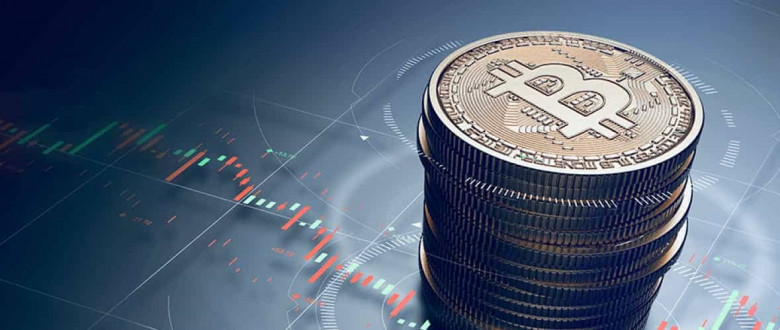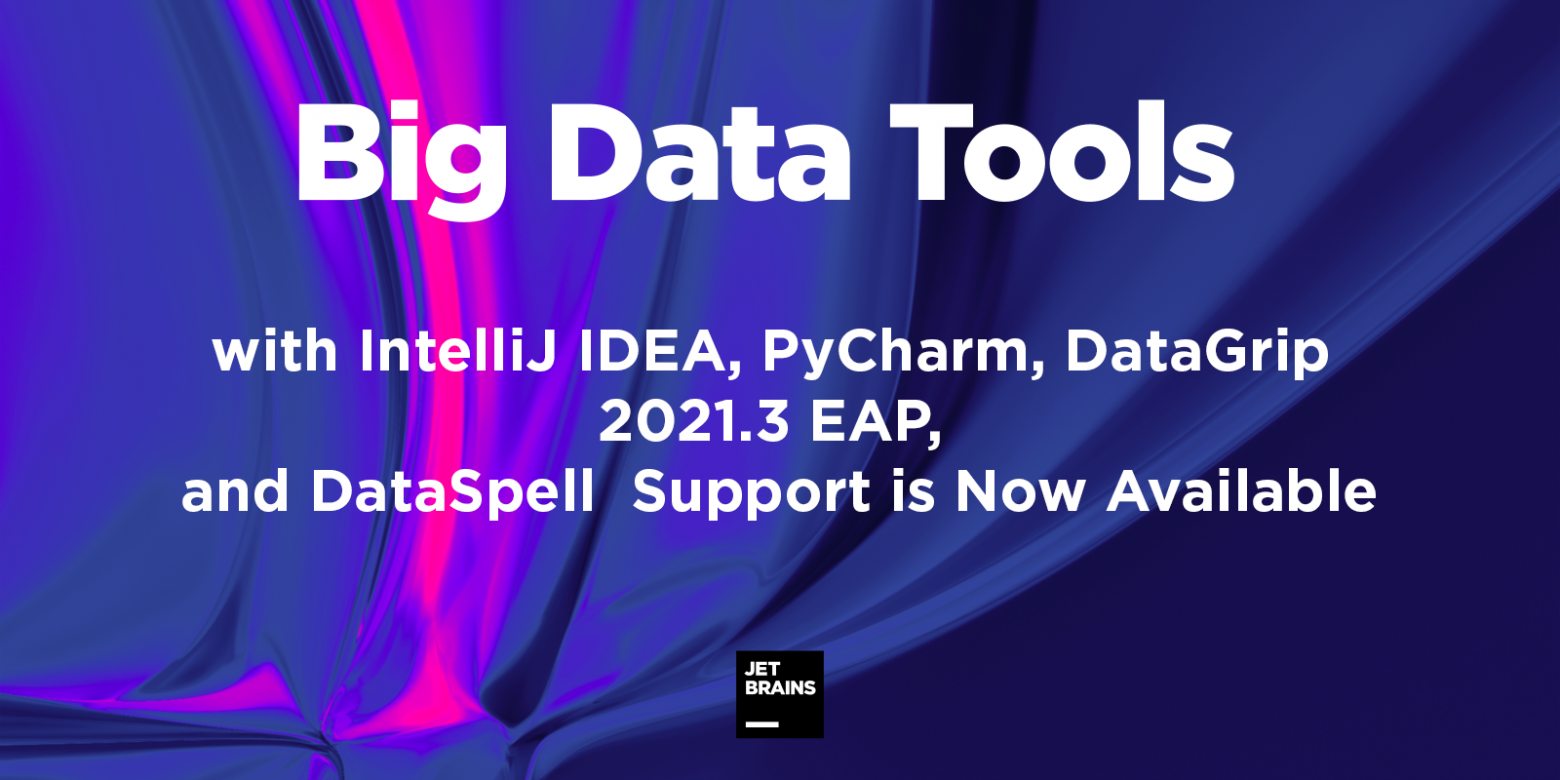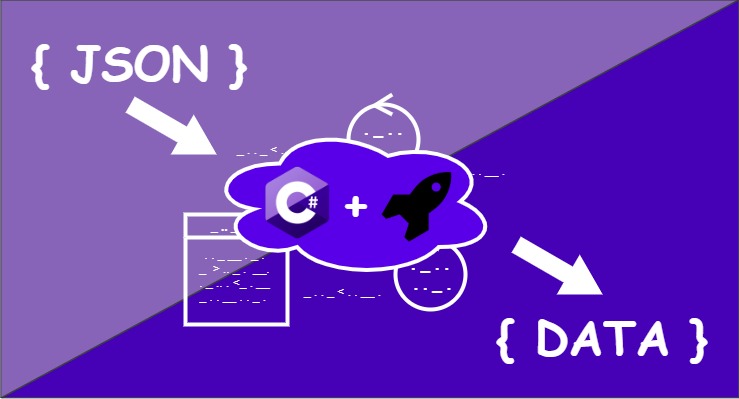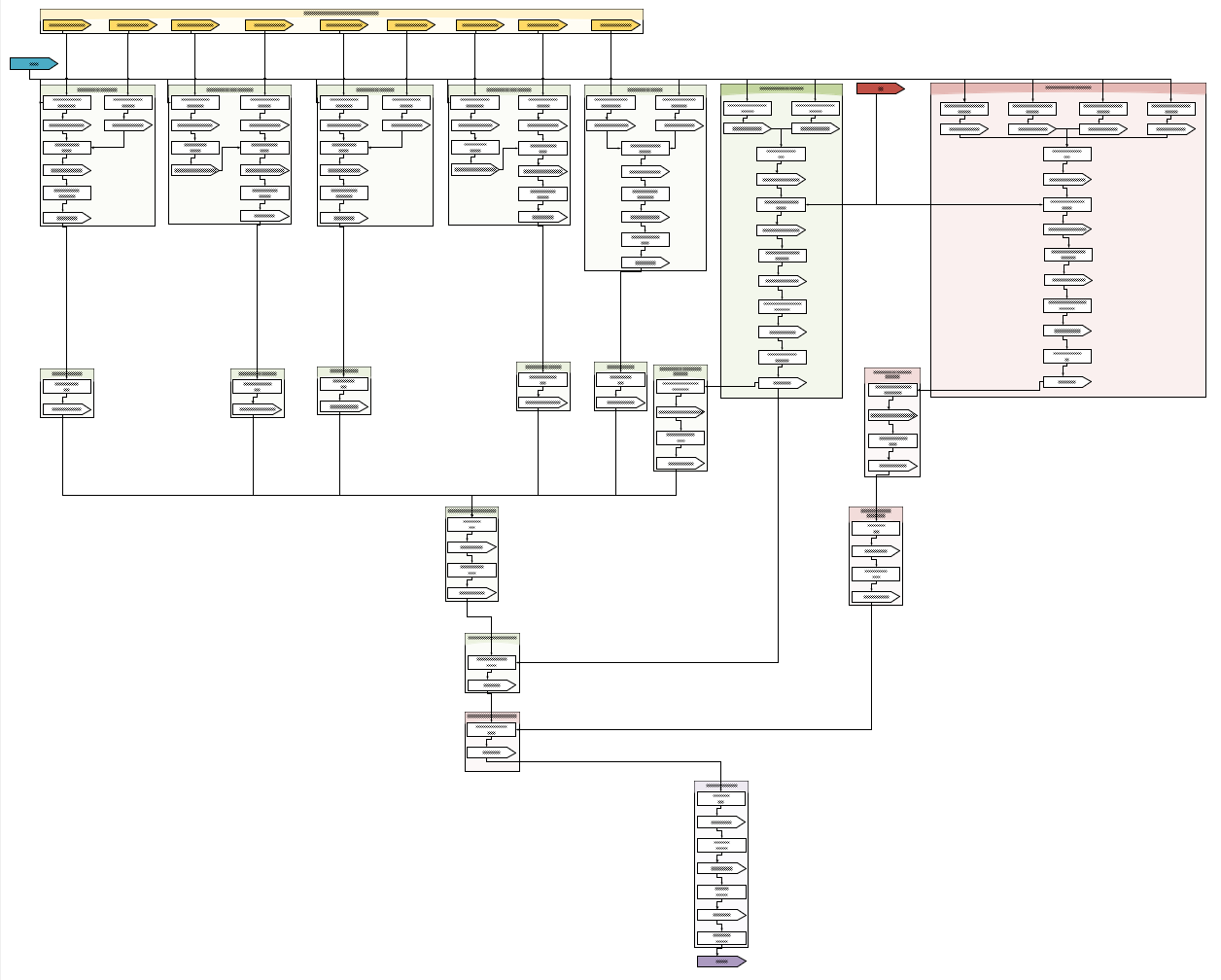See more at robotics.snowcron.comThis is the first article in a serie dedicated to coins classification.Having countless "dogs vs cats" or "find a pedestrian on the street" classifiers all over the Internet, coins classification doesn't look like a difficult task. At first. Unfortunately, it is degree of magnitude harder - a formidable challenge indeed. You can easily tell heads of tails? Great. Can you figure out if the number is 1 mm shifted to the left? See, from classifier's view it is still the same head... while it can make a difference between a common coin priced according to the number on it and a rare one, 1000 times more expensive.Of course, we can do what we usually do in image classification: provide 10,000 sample images... No, wait, we can not. Some types of coins are rare indeed - you need to sort through a BASKET (10 liters) of coins to find one. Easy arithmetics suggests that to get 10000 images of DIFFERENT coins you will need 10,000 baskets of coins to start with. Well, and unlimited time.So it is not that easy.Anyway, we are going to begin with getting large number of images and work from there. We will use Russian coins as an example, as Russia had money reform in 1994 and so the number of coins one can expect to find in the pocket is limited. Unlike USA with its 200 years of monetary history. And yes, we are ONLY going to focus on current coins: the ultimate goal of our work is to write a program for smartphone to classify coins you have received in a grocery store as a change.Which makes things even worse, as we can not count on good lighting and quality cameras anymore. But we'll still try.In addition to "only Russian coins, beginning from 1994", we are going to add an extra limitation: no special occasion coins. Those coins look distinctive, so anyone can figure that this coin is special. We focus on REGULAR coins. Which limits their number severely.Don't take me wrong: if we need to apply the same approach to a full list of coins... it will work. But I got 15 GB of images for that limited set, can you imagine how large the complete set will be?!To get images, I am going to scan one of the largest Russian coins site "meshok.ru".This site allows buyers and sellers to find each other; sellers can upload images... just what we need. Unfortunately, a business-oriented seller can easily upload his 1 rouble image to 1, 2, 5, 10 roubles topics, just to increase the exposure.
So we can not count on the topic name, we have to determine what coin is on the photo ourselves.To scan the site, a simple scanner was written, based on the Python's Beautiful Soup library. In just few hours I got over 50,000 photos. Not a lot by Machine Learning standards, but definitely a start.After we got the images, we have to - unfortunately - revisit them by hand, looking for images we do not want in our training set, or for images that should be edited somehow. For example, someone could have uploaded a photo of his cat. We don't need a cat in our dataset.First, we delete all images, that can not be split to head/hail.

